New Italian Films Reveling a Complex Reality
Seventeen Italian films were presented in New York, at Film at Lincoln Center during the 19th edition of Open Roads New Italian Film Festival, which ran from June 6-12. For this occasion, many of the directors, actors, and filmmakers - some emerging others more established within the Italian film industry - came to discuss their movies.
The selection was larger than that of the previous years and featured movies that came out in 2018 and 2019, with the exception of one classic masterpiece, La Commare Secca (1962) by Bernardo Bertolucci, who passed away last Fall.
The program was quite varied, as the scope of the festival is to give people living outside of Italy a sense of the country’s cinematographic landscape today.
This year, Open Roads kicked off with Piranhas by Claudio Giovannesi, a film based on the eponymous novel by Roberto Saviano (author of Gomorrah) which was awarded the Silver Bear for Best Screenplay at the Berlin Film Festival. The movie tells the story of 15-year-old Nicola and his friends (all non-professional actors) living in Camorra-ran neighborhoods of Naples and their seemingly inevitable and only partly conscious descent into criminality.
Giovannesi insists that this is “not a film about criminals, but a film about kids” and that his intention was to tell their story “not with judgment but with empathy.”
And that certainly is the case, you can’t help but like Nicola, relate to the rather tasteless but easily translatable aspirations that he and his friends share, smile and their seemingly innocuous obsession with tacky expensive clothes, watches, furniture, but also feel a constant pang of anxiety throughout the entire film because you just know that this won’t end well.
“This is a movie about the loss of innocence. It begins with a game - plays with that idea throughout because the characters live it light-heartedly - and it ends with a war,” comments the director. “Naples is the star of the film,” he also notes “but this story can happen anywhere institutions are absent, where education is lacking, where there are no jobs.”
And it is indeed happening, a lot. As shown in Agostino Ferrente’s Selfie, another film in the program, a documentary about the lives of young people from the gang-ravaged neighborhood of Traiano in Naples shot by the teenage protagonists themselves with their smartphones set on selfie mode.
Other documentaries include Normal by Adele Tulli, one of the only three female directors present in this year’s selection. Hers is a stylized documentary, which tackles a topic that is completely absent from any form of mainstream discussion in Italy: the issue of gender norms and identity. The film is radical for the context it was produced in because it provides a critical perspective on conventional gender expression and explores the ways in which is instilled and reinforced within society.
A very different type of documentary is Sono Gassman! Vittorio re della commedia by Fabrizio Corallo, which tells the story of one of the most celebrated Italian actors and reveals how Gassman’s comedic persona reflected and critiqued mid-20th century Italian society, while also showing the more complex aspects of his actual person.
Another film that deals with the history of Italian cinema is Paolo Virzi’s Magical Nights, a satirical murder mystery set in the early 1990s, the tail end of Italian cinema’s golden age, told through the wild stories of three young screenwriters who are being investigated for the murder of a famous film producer who is found dead in the Tiber River.
This feeling of decadence, excess and subsequent deterioration is further developed and perfectly captured in Loro by Paolo Sorrentino, set in a similar atmosphere as that of the director’s Oscar-winning The Great Beauty. This time, however, it serves as the backdrop of the story of former Italian prime minister Silvio Berlusconi’s downfall amidst public scandals and personal dramas.
Other films focus on telling different individual stories and perspectives that, when brought together, begin to paint the complex picture of the contemporary Italian social landscape.
It’s the case of Twin Flower by Laura Luchetti, in which two teen runaways, Anna, who is escaping from human traffickers, and Basim, a refugee from the Ivory Coast, (both non-professional actors but with incredible chemistry) meet on a difficult journey through Sardinia.
The same is true of Edoardo de Angelis’ The Vice of Hope, which tells the story of Maria, who helps a pregnant woman flee her family’s human trafficking business while being herself pregnant and even of Ciro d’Emilio’s If Life Gives You Lemons, a naturalistic coming of age film about Antonio, a 17-year-old who has to drop out of school in order to take care of his mentally ill mother.
At the same time, relationships and personal dramas remain an important topic, central to several films including Valeria Golino’s Euphoria, in which popular Italian actors Riccardo Scamarcio and Valerio Mastandrea play two very different and distant brothers who meet and clash when one of them becomes ill forcing them to face long unresolved issues and unspoken resentments.
Mastandrea is also featured in the Festival as a director with his first film Laughing, an exploration of the ways people grieve the death of a loved one, which follows the difficult grieving process of the wife and son of a man who dies in a workplace accident, further complicated by the mediatization of the event which becomes a public scandal.
Still an exploration of loss, but from a unique perspective can be found in Federico Bondi’s Dafne, a film about a young woman with down syndrome whose life is turned upside down by the death of her mother.
Also dealing with family relationships and the tension between public and private is Beniamino Barrese’s debut film The Disappearance of my Mother, a movingly personal documentary that the young director made about his mother, former Top Model, turned feminist activist and self-proclaimed image-hater Benedetta Barzini and her desire to disappear.
Barrese explains that, as he began filming, the film quickly became a confrontation him and his mother, who was profoundly opposed to the idea of making the film. She finally accepts to let him film her only because, in her own words, “she would rather hurt herself than hurt him.” In the film, which shows the process of making the documentary interlaced with archival footage and old home videos shot by a pre-teen Barrese, the tension between mother and son is always present and at times gives way to violent outbursts from her part, always painful to witness.
Though the director wasn’t aware of it at the start, he was making a film about their relationship, not just about her and her past. He does however manage to convey her ideas, particularly about images and their falsehood and destructiveness, despite not sharing them completely since his own life revolves around the creation of images. This last contradiction is the main source of conflict within the film, it’s what makes so ambiguous but at the same time so interesting.
Valerio Mieli’s Ricordi? (Do you remember?) also explores conflict and contradiction as it tells the story of an unnamed archetypal couple facing the eternal issues of memory and the passage of time and how they affect love and relationships.
In Lucia’s Grace by Gianni Zanasi, Alba Rohrwacher stars as Lucia, a land surveyor and single mother who faces a dilemma when she learns that her new building project threatens the environmental safety of the city. This is another exploration of moral conflict and ambiguity but rendered in a clever comedic key perfectly conveyed in Rohrwacher’s performance.
A standout film and one difficult to define is Mario Martone’s Capri Revolution, which the director describes as “a film about illusion.” It’s set in Capri in 1914, and tells of the young goatherd Lucia and her journey towards emancipation and freedom. Lucia encounters a utopian commune of Northern Europeans whose ideals clash with those of the traditional islanders as well as with those of modern science, embodied by the island’s young new doctor. The heroine finds herself torn between these contrasting perspectives and in the end realizes that none of them hold the truth.
The film is ultimately about “the impossibility of saving the world,” Martone notes “the same notion captured in the work of Giacomo Leopardi,” that is, the prominent Italian poet to which Martone dedicated his 2014 film.
The commune that inspired the film truly existed and was thoroughly documented. Martone and screenwriter Ippolita Di Majo changed a few things, particularly the figure of the group’s leader Seybu, an artist who was actually a symbolist painter was modified. Ippolita, who is an art historian, admits that she modeled him after performance artist Joseph Beuys, whom she and Martone both admire. They were particularly interested in the ways in which he explored the relationship between man and nature, as Seybu does in the movie.
Dance also plays a fundamental role in the movie, as the members of the commune partake in beautiful and complex choreographies in order to gain knowledge and understanding of the world. In this case too, the choreographies shown in the film are contemporary reinterpretations of the approaches adopted by the real commune.
In fact, the filmmakers note that they were surprised to find that this group that existed over 100 years ago had so much in common with the utopian communities of the 1970s and that the themes they discussed are the same that we still encounter today.
During the festival, many of the directors of this year’s films attended a round table moderated by Open Roads co-founder Antonio Monda held at New York University’s Casa Italiana. Each of them were there to talk about their films but the discussion quickly became a comment on the state of Italy. And in fact, the diversity and variety of the films presented is a reflection of this very state.
As Martone commented, “Italy is struggling to understand itself and this makes it almost impossible for anyone else to do so.” But many filmmakers - certainly the ones present that evening - see it as their role to try and represent their reality. And they do. Each in their own different way, all these films are at least in part about the state of the country and of the world at large, about the people that inhabit it, the challenges they face, their struggle to navigate it.
This edition of Open Roads is now coming to an end and perhaps the most important lesson it brought is the realization of the extent to which cinema can provide a lens through which to interpret the society that produced it and even the ones that come after it.
And if you’re yearning for more Italian cinema, you have the chance to enjoy a retrospective on the work of master Italian filmmaker Ermanno Olmi from June 14-26, also held at Film at Lincoln Center.






























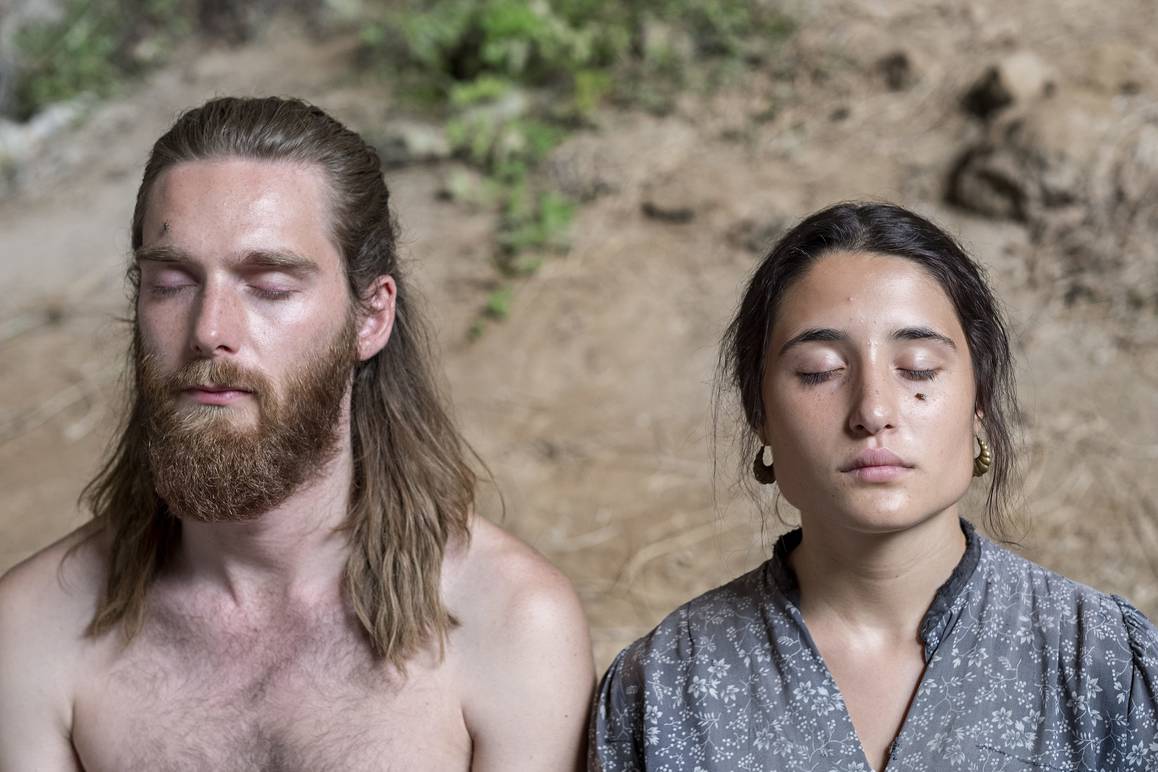
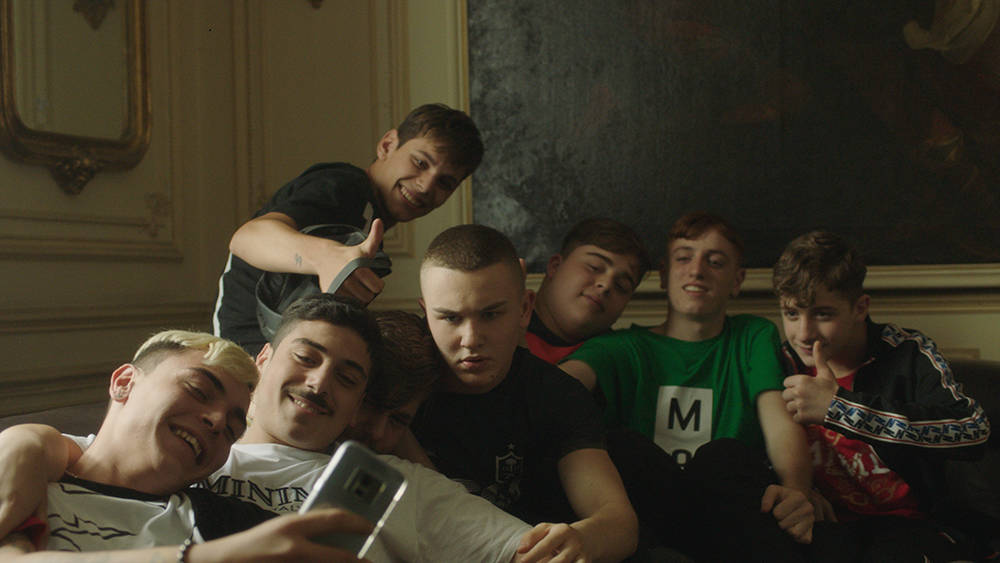



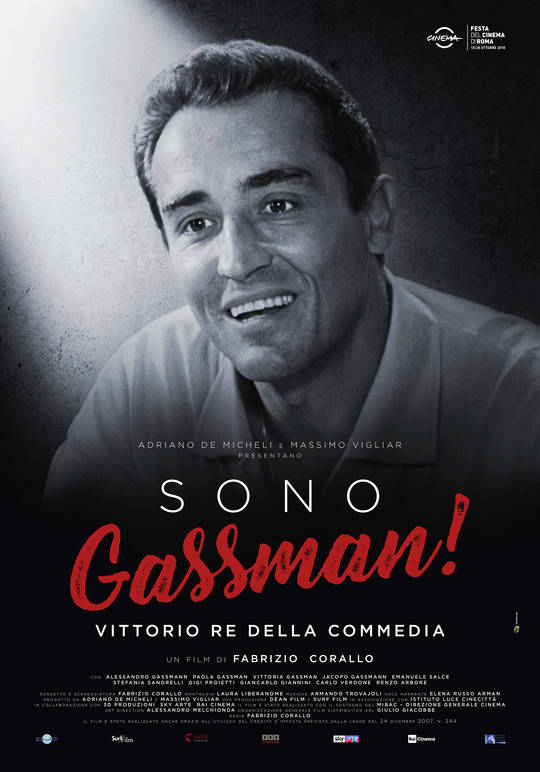







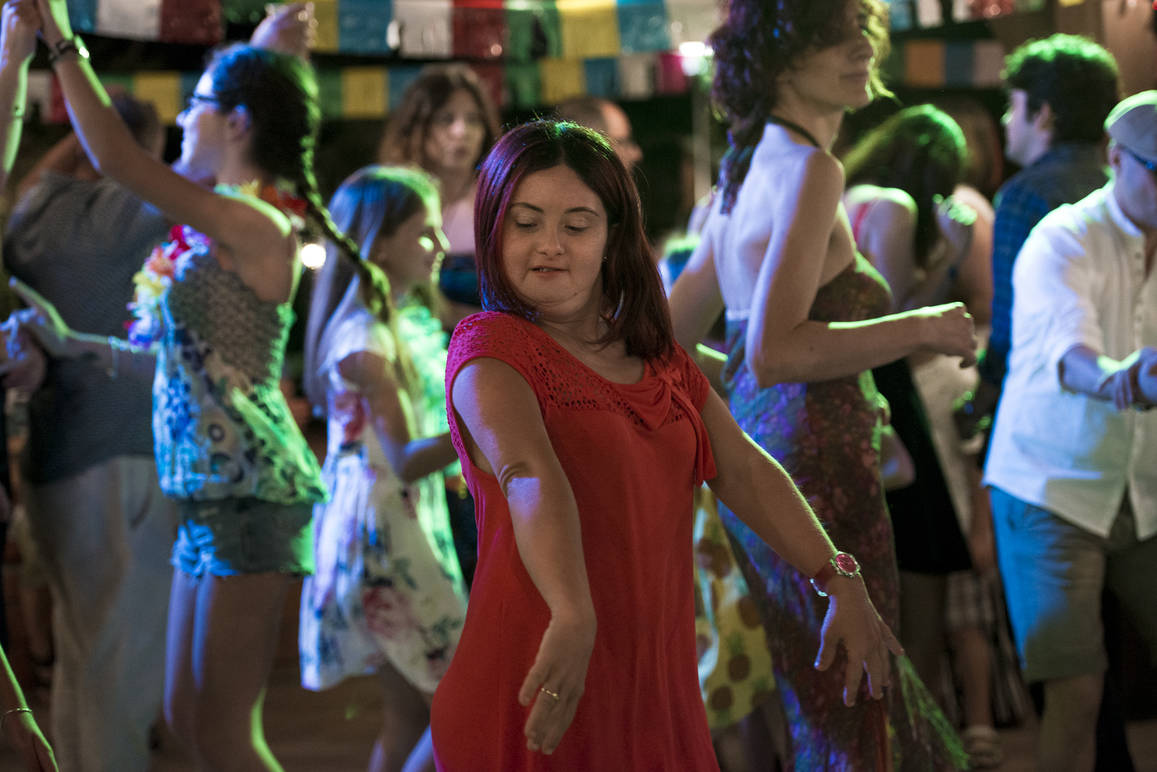



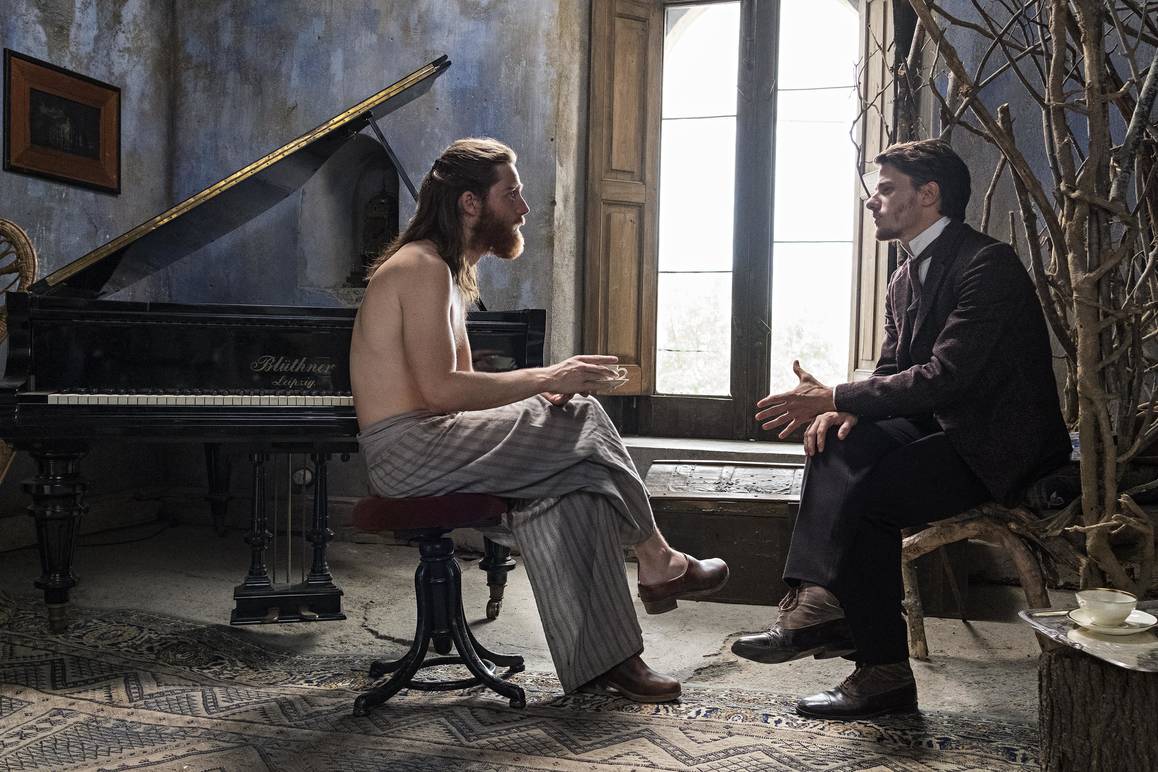






i-Italy
Facebook
Google+
This work may not be reproduced, in whole or in part, without prior written permission.
Questo lavoro non può essere riprodotto, in tutto o in parte, senza permesso scritto.